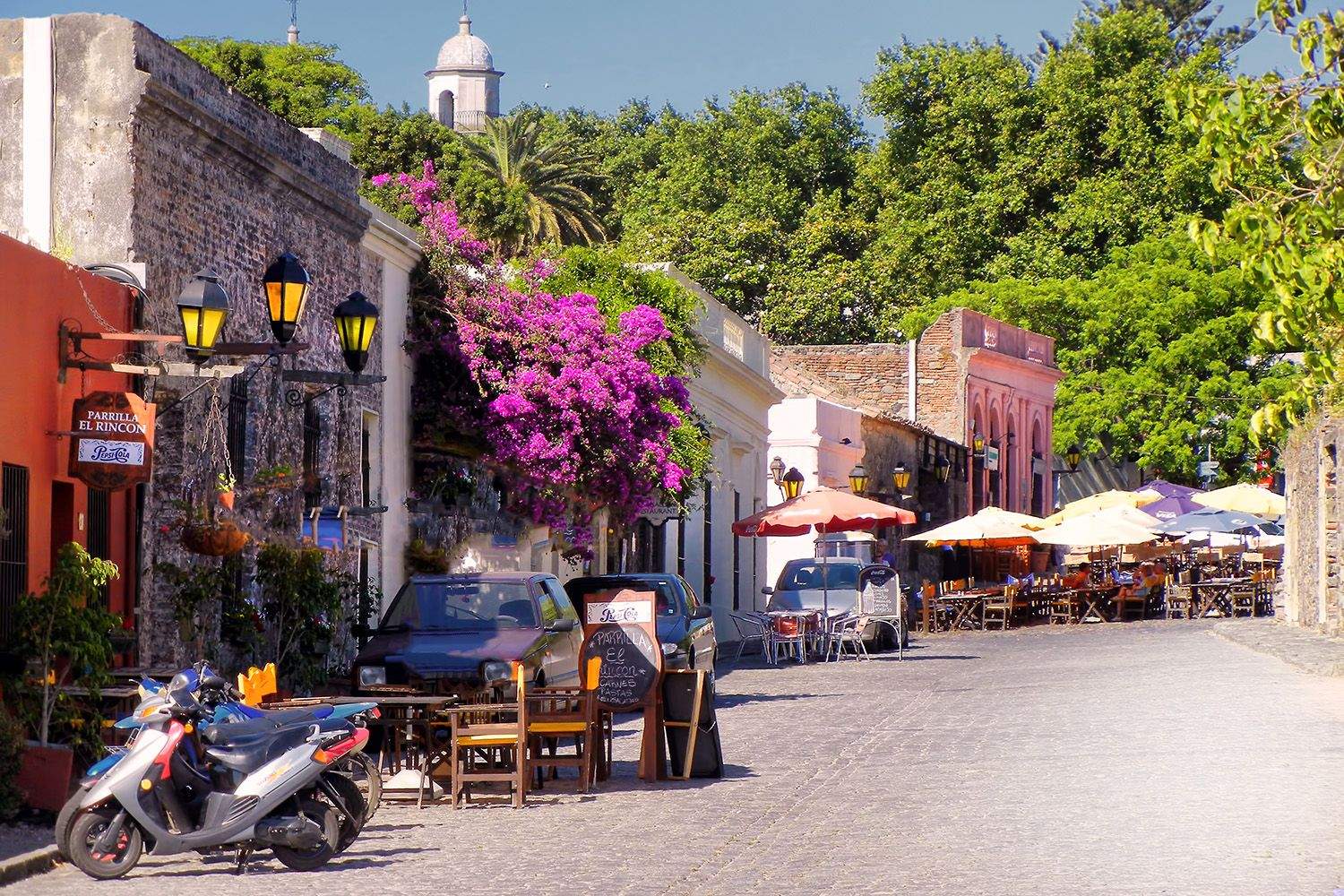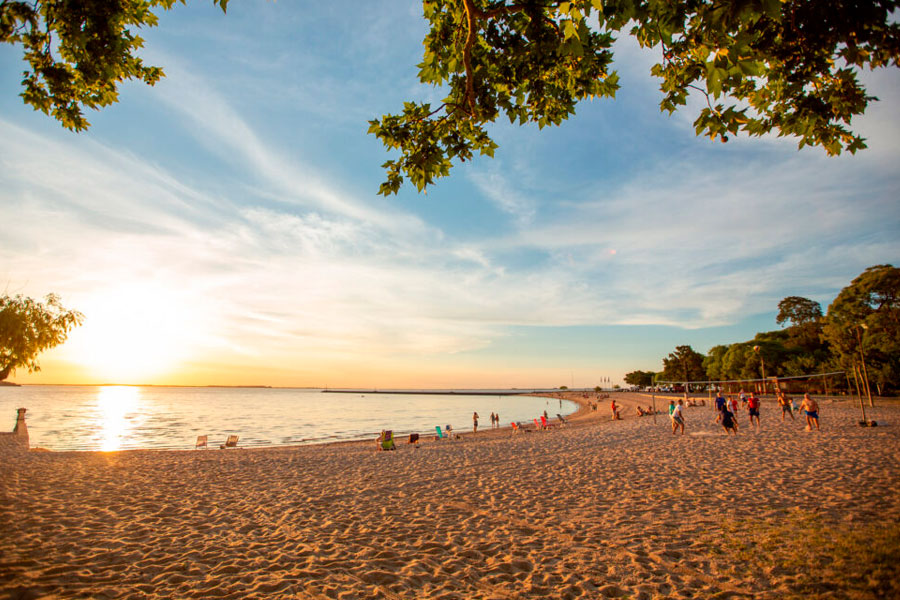



Colonia del Sacramento is a city in southwestern Uruguay, across the Río de La Plata from Buenos Aires. It's known for its cobblestoned Barrio Histórico, lined with buildings from its time as a Portuguese settlement. Set above the historic district is the 19th-century Colonia del Sacramento Lighthouse, offering sweeping river views. Nearby lies the Portón de Campo, remnants from the old city walls. ― Google
Spring (October–November) – Blooming flowers, mild weather, and fewer tourists.
Summer (December–February) – Warm and lively, great for walking tours and riverfront dining.
Autumn (March–April) – Cool, quiet, and ideal for photography and exploring.
Winter (May–August) – Peaceful and crisp; fewer crowds but some businesses may reduce hours.
From Montevideo (~2–2.5 hours):
By car via Ruta 1 or frequent direct buses (COT or Turil lines).
From Buenos Aires:
By ferry (1–1.5 hours): Buquebus, Colonia Express, or Seacat
You can do a day trip or stay overnight — it’s worth both!
Getting around: The town is walkable, or rent a bike or golf cart for fun exploring.
Barrio Histórico (Historic Quarter) – A UNESCO World Heritage Site with:
Calle de los Suspiros – Iconic “Street of Sighs”
Portón de Campo – Old city gate and wooden drawbridge
Plaza Mayor – Surrounded by ruins, museums, and cafés
Basilica del Santísimo Sacramento – One of Uruguay’s oldest churches
Lighthouse & Convento de San Francisco – Climb for panoramic views of the town and river.
Museo Portugués & Museo Municipal – Showcasing colonial life, artifacts, and mixed heritage.
Avenida General Flores – Main commercial street with shops, restaurants, and markets.
Riverfront promenade – Great for walking, sunsets, and mate sipping.
Stroll the old town – Every corner is postcard-worthy.
Take a golf cart tour – Visit the city marina, beaches, and local neighborhoods.
Watch the sunset over Río de la Plata – One of the best in South America.
Visit local museums – Small but charming, and all within walking distance.
Taste local wine – Especially Tannat and Albariño from nearby vineyards.
Rent a bike – Pedal along the coastline or inland to nature spots.
Photography – Ideal for capturing textures, colors, and contrasts of Spanish/Portuguese architecture.
Boutique & Historic Hotels:
Charco Hotel, Posada Plaza Mayor, Posada del Virrey, Don Antonio Posada
Mid-range:
Real Colonia Hotel & Suites, Radisson Hotel Colonia, Hotel Beltrán
Budget:
Viajero Hostel, Colonia Suite Apartments, Hostal de la Colonia
Romantic stays – Many inns have river views, courtyards, and heritage charm.
Local dishes to try:
Asado, chivito sandwiches, fresh river fish, milanesas, pastas, Dulce de leche desserts
Top restaurants:
Charco Bistro – Fine riverside dining
Lentas Maravillas – Garden café with vegetarian options
Mesón de la Plaza, La Florida, El Drugstore – Great ambiance and Uruguayan cuisine
Cafés & bakeries:
Try helado artesanal (artisan ice cream) and media lunas (croissants) with coffee.
Markets:
Small artisan and food markets often set up in Plaza Mayor on weekends.
Colonia has a quiet, nostalgic vibe — less flashy than Punta del Este or Montevideo.
It blends Portuguese and Spanish colonial heritage, visible in street layout and buildings.
Locals enjoy a slow pace, café culture, and gathering by the riverside.
Mate culture is strong — expect to see people walking with thermoses and gourds.
Safe, peaceful, and romantic — ideal for couples, families, and solo travelers alike.
Wear comfortable shoes – The cobblestones are beautiful but uneven.
Bring sunscreen and a hat – Sunny days can get hot on the open streets.
Stay overnight – You’ll avoid the day-trip crowds and enjoy quiet mornings and golden sunsets.
Bring Uruguayan pesos or use cards – Many places accept cards, but cash is handy for small shops.
Use local guides or self-guided maps – Signs are helpful, but a guided tour can add rich stories.
Explore beyond the old town – The marina, beaches, and rural outskirts are worth seeing too.